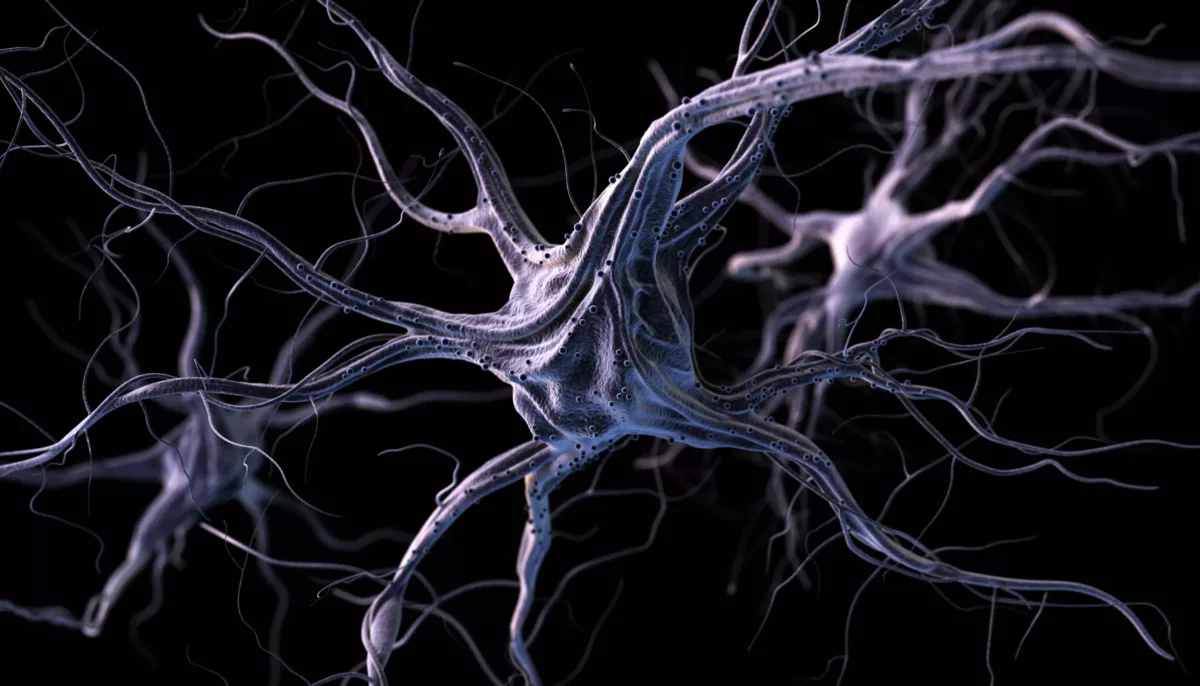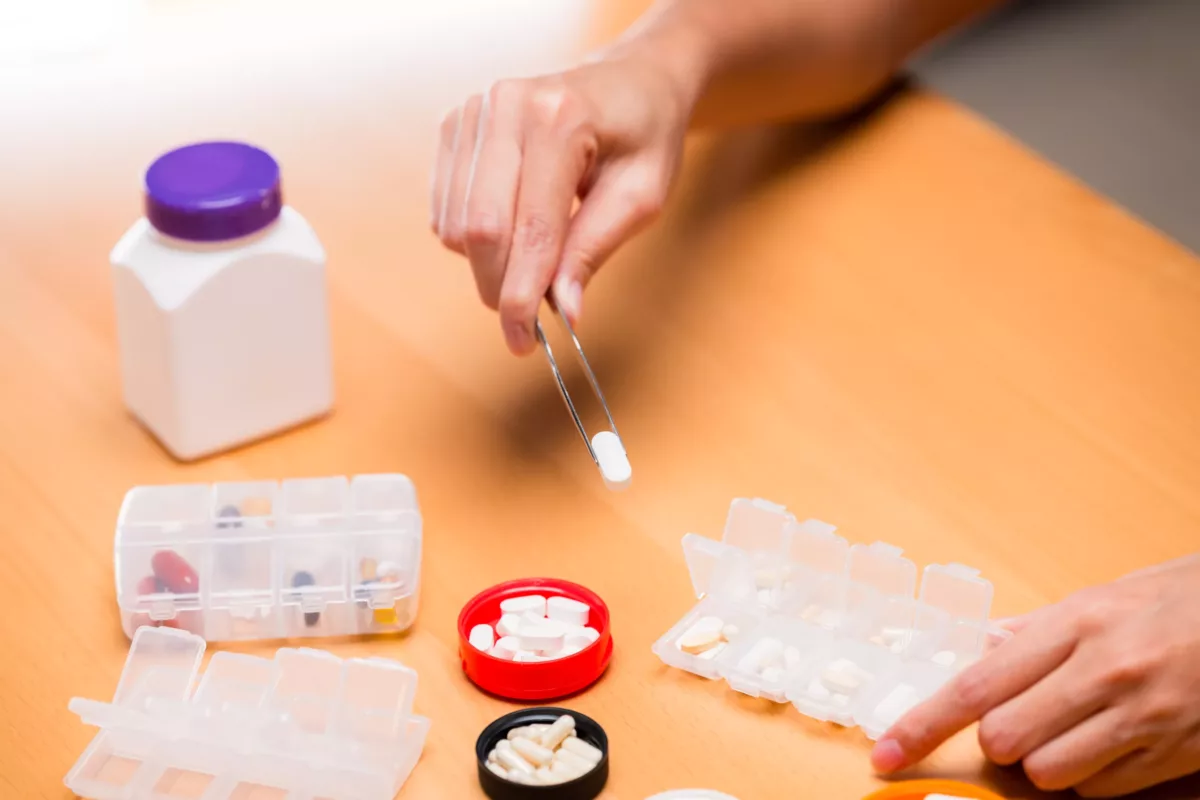A group of inherited conditions that cause nerve damage (mostly in the arms and legs) is called Charcot-Marie-Tooth (CMT) disease. The nerves in the arms and legs are called peripheral nerves. Sometimes, this condition is called hereditary motor and sensory neuropathy.
This disease causes muscle weakness, loss of sensation and muscle contractions, and walking problems. Furthermore, people with Charcot-Marie-Tooth disease may also experience foot deformities (including high arches and hammertoes). While in most cases the symptoms of the disease begin in the feet and legs, they can negatively affect the hands and arms as well.
Usually, the symptoms of the disease occur in adolescence or early adulthood but may develop in midlife.
Symptoms
Check below some symptoms that people with Charcot-Marie-Tooth disease experience:
- Reduced ability to run
- High foot arches
- Hammertoes (curled toes)
- Gait (awkward or higher than a typical step)
- Frequent falling or tripping
- Reduced sensation
- Loss of feeling in the feet and legs
- Foot drop (problems with lifting your foot at the ankle)
- Loss of muscle bulk in the feet and legs
- Muscle weakness
When the disease progresses, the symptoms may spread to the hands and arms. Furthermore, the severity of the symptoms varies among people.
Causes
This is an inherited disorder (genetic disease) that happens when an abnormal gene passes from biological parents to biological children. This abnormal gene negatively affects the nerves in the legs, feet, hands, and arms.
In some cases, these gene mutations cause damage to the nerves. Some gene mutations may cause damage to the protective layer that surrounds the nerves (also called myelin sheath). However, in both cases the signals that travel between the limbs and the brain are weak.
Risk Factors
The biggest risk factor for the disease is a family history of the condition. If you have a parent or sibling with the disease, your risk of developing it increases significantly.
However, other neuropathy causes (such as diabetes) may cause similar symptoms to Charcot-Marie-Tooth disease. In addition, certain conditions and medicines may make the symptoms worsen. For example chemotherapy drugs (including Vincristine), Paclitaxel, and others. Discuss with your healthcare professional before taking any medicines, especially if you are at higher risk of developing the disease.
What Are The Possible Complications of Charcot-Marie-Tooth Disease?
People usually experience different complications linked with this disease. However, the most serious ones are foot abnormalities and walking problems. If the disease progresses, it causes muscle weakness and you may injure different body parts due to reduced sensation.
In some cases, the muscles do not receive the signals from the brain, which makes you more prone to trip and fall. Furthermore, the brain may not receive pain signals from the feet. As a result, you may get infected without knowing it.
Some people may experience problems with speaking, swallowing, or breathing if the disease affects the muscles that control these functions.
Diagnosis
First, doctors usually perform a physical examination to check for the following abnormalities linked with Charcot-Marie-Tooth disease. For example:
- Loss of sensation
- Other orthopedic issues (including hip dysplasia, mild scoliosis, and others)
- Decreased reflexes
- Muscle weakness signs
- Foot deformities (high arches, hammertoes, and others)
Healthcare providers may recommend additional tests to determine the extent of the nerve damage. These include:
- Nerve conduction studies – This test is used to measure the speed and strength of the electrical signals through the nerves. During the test, electrodes deliver small electrical impulses to stimulate the nerve. If results show weak responses it may indicate a nerve disorder (including Charcot-Marie-Tooth disease).
- Electromyography (EMG) – This test involves inserting a small needle electrode into the muscle through the skin. Thereafter, EMG measures the electrical activity when you relax and then tighten the muscles.
- Nerve biopsy – In some cases, physicians may take a small sample of the peripheral nerve from the calf to check it in the laboratory for irregularities linked with this disease. This test may also rule out other nerve disorders that cause similar symptoms.
- Genetic testing – This test is usually done with a blood sample. It helps determine the gene that causes the disease. Genetic testing may help get more information about your disorder and exclude other neuropathies.
Treatment
Unfortunately, there are no sure ways to cure the disease, but with proper treatment, you can slow down the disease’s progression and improve your quality of life. Check below some treatments usually recommended for people with Charcot-Marie-Tooth disease:
Medicines
Some people with this disease may experience pain caused by muscle cramps and nerve damage. In case the pain becomes severe, physicians may prescribe some medicines to help control this symptom.
Therapies
- Physical therapy – This treatment focuses on strengthening and stretching your muscles, which helps prevent muscle loss. It usually involves low-intensity exercises and stretching techniques that are often guided by a trained physical therapist. Physical therapy may help prevent disability.
- Occupational therapy – This therapy helps improve weakness in the hands and arms by using assistive devices.
- Orthopedic devices – Approximately all people with Charcot-Marie-Tooth disease require orthopedic devices to maintain daily mobility and prevent injuries. These usually include ankle braces or splints, boots or high-top shoes, custom-made shoes to improve gait, thumb splints, and others. For more details, discuss it with your doctor.
Surgery
In people with foot deformities, corrective surgery may be required. This treatment may help lessen pain and improve other symptoms (such as walking problems). However, surgery cannot help with loss of sensation and muscle weakness.
Nowadays, researchers continue to investigate multiple possible therapies that could treat Charcot-Marie-Tooth disease. These include gene therapy, medicines, and in vitro procedures.
Frequently Asked Questions
What is the life expectancy of people with Charcot-Marie-Tooth disease?
Approximately all people with this disease have the same life expectancy as people without the condition. However, living with the disease for long periods makes it difficult to perform daily activities and may cause emotional distress.
What foods should you avoid with CMT?
People with this disease should limit or avoid foods high in sugar, salt, or fat. Check below some foods that you should try to avoid if have CMT:
- Fried foods
- Salty and sugary foods
- Caffeine
- Limit or avoid alcoholic drinks because it may help with sleeping problems and extreme tiredness
- Processed foods
This document does not contain all possible foods that should be avoided by people with CMT.
What can be mistaken for CMT?
There are some disorders that may be mistaken for Charcot-Marie-Tooth disease because cause similar symptoms. These include the Guillain-Barre syndrome, Friedreich ataxia, spinal muscular atrophy, and others. If you have any other questions, ask your healthcare provider.




